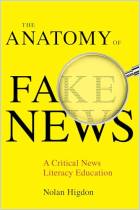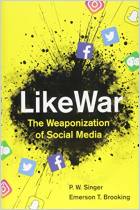Rejoignez getAbstract pour lire le résumé !

Rejoignez getAbstract pour lire le résumé !
Eric Shiraev, Martijn Icks, Jennifer Keohane and Sergei Samoilenko
Character Assassination and Reputation Management
Theory and Applications
Routledge, 2021
Aperçu
Stories of leaders ruined by character assassination can help you learn to protect and defend yourself.
Recommendation
Understanding character assassination and reputation destruction is a useful, defensive skill for anyone in business or, particularly, in politics – where character assassination is practically a varsity sport. Professors Eric B. Shiraev, Martijn Icks, Jennifer Keohane and Sergei Samoilenko offer illustrative, entertaining stories about historic leaders and famous people ruined by character assassination. Unsurprisingly, American leaders – including the Clintons and Trumps – feature prominently, but these stories can help you learn to protect and defend yourself.
Summary
About the Authors
Psychology professor Eric B. Shiraev is the co-author of Cross-Cultural Psychology: Critical Thinking and Contemporary Applications and of International Relations. Assistant professor Jennifer Keohane is the coordinator of Oral Communication at the University of Baltimore in Maryland. She also wrote Communist Rhetoric and Feminist Voices in Cold War America. Ancient history professor Martijn Icks is the author of The Crimes of Elagabalus: The Life and Legacy of Rome's Decadent Boy Emperor. Communications professor Sergei A. Samoilenko is the co-author of the Handbook of Research on Deception, Fake News, and Misinformation Online.






















Comment on this summary